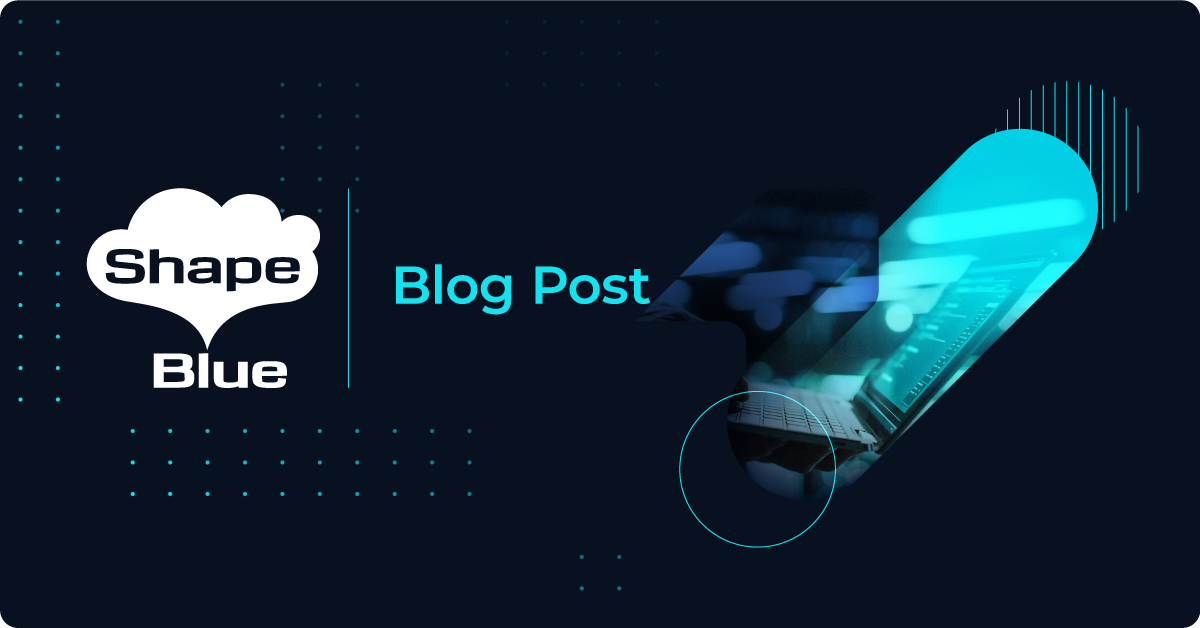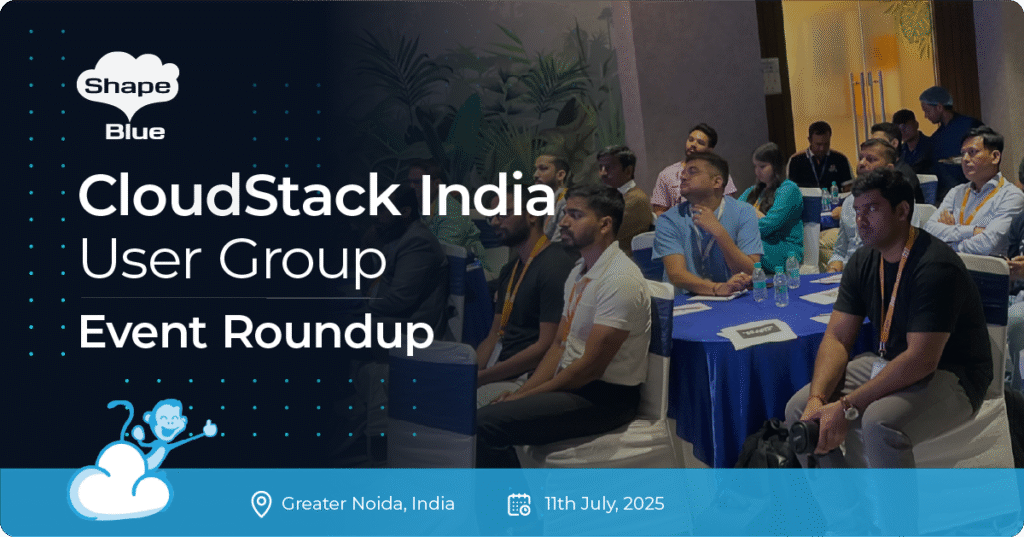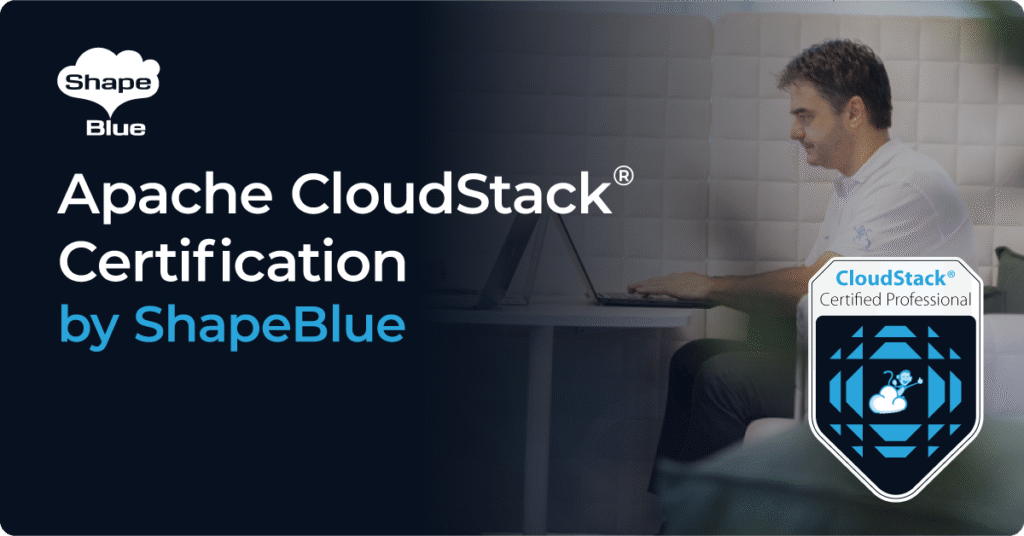For the Spring meeting of the CloudStack EU User group on Thursday, we were again kindly hosted by BT – and it was nice to see so many of the BT Cloud guys come along to the group.
As always Group Chairman Giles Sirett kicked things off with a roundup of Cloudstack news in the last 3 months, including the release of the latest version (4.5.1). Giles summarised the features of this recent 4.5.1 release of Apache Cloudstack.
Giles announced the CloudStack Collaboration Conference (October 8-9, Dublin) and asked for members of the group to get involved by registering, submitting papers or asking their companies to sponsor. As well as great opportunities to learn, these conferences are the place to engage with the broader CloudStack community and share ideas with other users and developers. He also reminded everybody that they should ensure they are members of the CloudStack European User Group on LinkedIn.
Giles went on to give an update on the current market situation. With many organisations realising that OpenStack is not going to deliver on all of its promises, CloudStack adoption is increasing and Giles mentioned a few recent news articles about high-profile CloudStack deployments. He finished up with some information about the broad group of organisations who are now driving forward the development of CloudStack.
The first speaker was the newly appointed VP of Apache CloudStack, Sebastien Goasguen. Sebastien first set out the strengths of Apache CloudStack: namely that it has a very broad install base and also a growing ecosystem of integrations. He set out his community plan which starts with some housekeeping – focussing on code quality and the removal of dead code among other things. Better and faster testing, how contributions come in and increased time and priorities on Travis were also discussed. Moving onto the ecosystem, Sebastien talked about CloudFoundry deployment, and getting Ansible into the core.
Sebastien then expanded on Giles’ reference to the CloudStack European Conference in Dublin (October 8-9) by reminding the group about the upcoming CloudStack days – Austin, Texas (April 16), Tokyo (June 2) and Seattle (August 20). If you can’t make Dublin, and you’re anywhere near these events they’re not to be missed!
Next on Sebastien’s presentation was documentation – an area he intends to significantly improve. A new theme, cleanup of old documents, a better structure and all Git based were among the improvements mentioned.
The day before the User Group representatives from Schuberg Philis, Cloudops, ShapeBlue, Leaseweb, Exoscale and Citrix all got together in London to establish a proposal for a roadmap for Apache CloudStack. This was a very productive and exciting day, and the output is impossible to summarise here – Sebastien took us through the highlights and you can look through Sebastien’s slides for the full list! The next steps are that these bug fixes and feature requests will go to the community as a proposed roadmap. In fact, the participating companies have already committed to solving some of those items. Also discussed was the architecture – the need for better abstractions between all layers, contractualised guarantees between these layers, refactoring the management core and API server… again – for more information and the benefits these changes will bring see Sebastien’s slides.
Next up to the podium was ShapeBlue’s Rohit Yadav – a CloudStack committer since 2012, PMC member, author of CloudMonkey and all round stone-cold expert! Rohit started with a topic of great interest to a lot of people – how to get involved in the community and start contributing code. Rohit explained all the ways to become involved in the community, and outlined the necessary steps to take – starting as a user, contributing and developing.
Rohit then moved onto his main topic of the day – CloudStack Internals. He took us on a tour of the codebase, packaging, typical interactions and architecture, common development patterns, components, plugin interfaces, the API and auth layer, schema upgrades, agents, System VMs and VRs, networking, storage… in fact it soon became clear that Rohit would happily continue to talk well into the night unless he was stopped! Rohit stayed with the group when we adjourned to a local bar in the evening and it seemed that pretty much everyone wanted to hear more. For full details of what he covered see his slides.
After a brief break Giles introduced Wido den Hollander of PCExtreme. Another CloudStack committer and PMC member, he also wrote the Ceph (RBD) integration. PCExtreme is a Dutch hosting company running a public cloud on Apache CloudStack with Ceph storage. In Wido’s words – “This is not a commercial talk. I am just showing how great CloudStack works for my company”. Wido gave us an overview of how his cloud is set up, and went into some detail about how Ceph works. As usual – the full details can be found in Wido’s slides.
Wido then again turned to CloudStack positing the simple question “Why CloudStack?” and answering equally simply… “It works”. Easy access to the project, and to STABLE and UNDERSTANDABLE code, rich features and a fast API. Wido said of course there were some issues – but they were easily rectified and the fixes contributed back into the project.
Wido finished by giving us a high level summary of PCExtreme’s products – based on CloudStack.
Our last speaker of the day was… Sebastien Goasguen again! Presenting a talk on Docker and CloudStack, Sebastien explained that Docker is an open platform for developers and sysadmins of distributed applications, and went through various ways to use it in CloudStack.
Sebastien went through a live installation, and demonstrated some of the use cases for the audience. As before – more detail in the slides, or MUCH more detail in Sebastien’s Docker Cookbook!
Following Sebastien’s talk, the majority of the group had a few drinks in a pub over the road, and the discussions continued through a beautiful London night. Once again – our thanks to our hosts BT, and to all our speakers. See you next time!
Steve is ShapeBlue’s COO and is responsible for all day-to-day administrative and operational functions of the business, including the consulting, programme management, and support functions.
Involved with CloudStack since 2012, Steve has led several large customer engagements including a number of major public and private cloud deployments; co-ordinated and developed worldwide teams and helped implement and deliver an enterprise grade support product.
Prior to ShapeBlue, Steve held senior technical, project and account management roles in enterprise IT outsourcing companies where he gained domain experience in the finance, professional services and defence markets.
Away from work, Steve is a father, keen guitarist, snowboarder and singer (not necessarily in that order).
Away from work, Steve is a music lover and semi-professional musician. Although he doesn’t speak at many technology conferences, he can sometimes be heard providing the evening entertainment.





